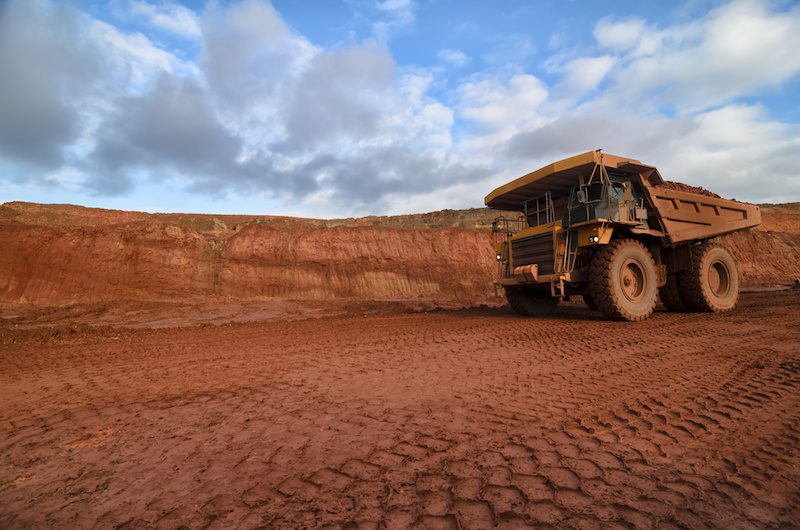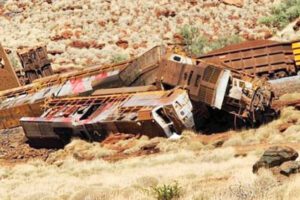SPONSORED A Global engineering provider says that robotics and artificial intelligence will shape the future of mining globally.
David Rudge, Hatch’s Global Director, Engineered Equipment: “Each day can be very different from the previous one, and the set of tasks to achieve, and problems to solve are always changing. In these environments, the stakes are particularly high when it comes to people and safety. Extreme conditions require great caution and expertise to navigate.
“In contrast, industries that have witnessed some of the biggest technological changes exist in relatively uncomplicated environments. The automotive sector is a good example. Robotics and artificial intelligence systems for vehicle assembly have been designed for a clean, controlled environment. The technology isn’t overly complicated to develop, and it can be easily and quickly integrated, both safely and effectively.
Robotics and artificial intelligence to improve systems
“Designing robotic systems in mining and metals environments requires robust, heavy-duty hardware that can function in extreme conditions. But frequently, such systems must be equipped with smart AI capabilities to handle unpredictability in a reliable way. A mining robot needs to be able to analyze its complicated environment and calculate the best course of action. This is why mining has been so slow to adopt new technology. It requires sector-specific, state-of-the-art development to address the industry’s unique challenges.
“We’re now at a point where our technological capabilities are advanced enough to design systems that function effectively in complex environments while significantly improving safety and productivity.
Just because we’ve been doing things one way for decades doesn’t mean we need to continue, especially when it comes to people’s safety.
“We may reach a point in the not-too-distant future where people are no longer present at all at mine sites, where all operations are conducted remotely. We wouldn’t ever have to face the human tragedy of mining accidents, with the added benefit of reducing operating costs such as those associated with mine ventilation. The potential for streamlined operating processes to unlock a previously unattainable return on investment is significant.
“The vision sounds attractive, but one of the questions I hear most often when it comes to technological development is how do we get there?
“Just because we’ve been doing things one way for decades doesn’t mean we need to continue, especially when it comes to people’s safety. In mining and metals industries, people are still performing fundamentally hazardous activities, safeguarded only by personal protective equipment. This is where we need to start getting robotic technology to take over. This doesn’t necessarily mean eliminating human workers, but simply removing them from dangerous environments.
“In fact, encouraging robotic integration will allow the continued diversification of our workforce, opening up the field to a broader range of people with different skill sets.
“The vision may seem big and far-off, but the current state of development is actually much simpler to consider. New prototypes are already being tested and validated as viable routes forward to improve safety and ROI.
“For example, we’ve prototyped a robotically controlled oxygen lance with advanced force-feedback features to tap a metallurgical furnace. The technology is operated remotely, allowing the operator to maintain the same touch and feel from the lance. The same kind of precision is delivered while eliminating safety concerns.”
He advises choosing a vendor with sector expertise. “Many of the robotic vendors that serve traditional markets like automotive or packaging aren’t well-suited to handle the new environments and unpredictable conditions we so often deal with in mining and metals.
“Mining operators should be looking for a vendor with specific sector expertise, process knowledge, and risk management capabilities. It’s not just about finding somebody who can program a robot, it’s about finding a vendor that can deliver a complete technology-development solution from end to end.
“I’m amazed at how quickly I’m seeing technology converge from all different areas. The possibilities seem to be limitless. Before I retire, I look forward to the pride of knowing that technology has allowed us to create a safe working environment, and that mining professionals are being kept out of harm’s way regardless of the circumstances. We get closer and closer to having everybody go home to their families after every shift in the same condition they left them.
“Instead of pickaxes and hardhats, mining will soon be known for advanced robotics and artificial intelligence (AI) technology. It’s one of the most exciting times to be working in this industry.”
Read more Mining Safety News and the Future of Mining













Add Comment